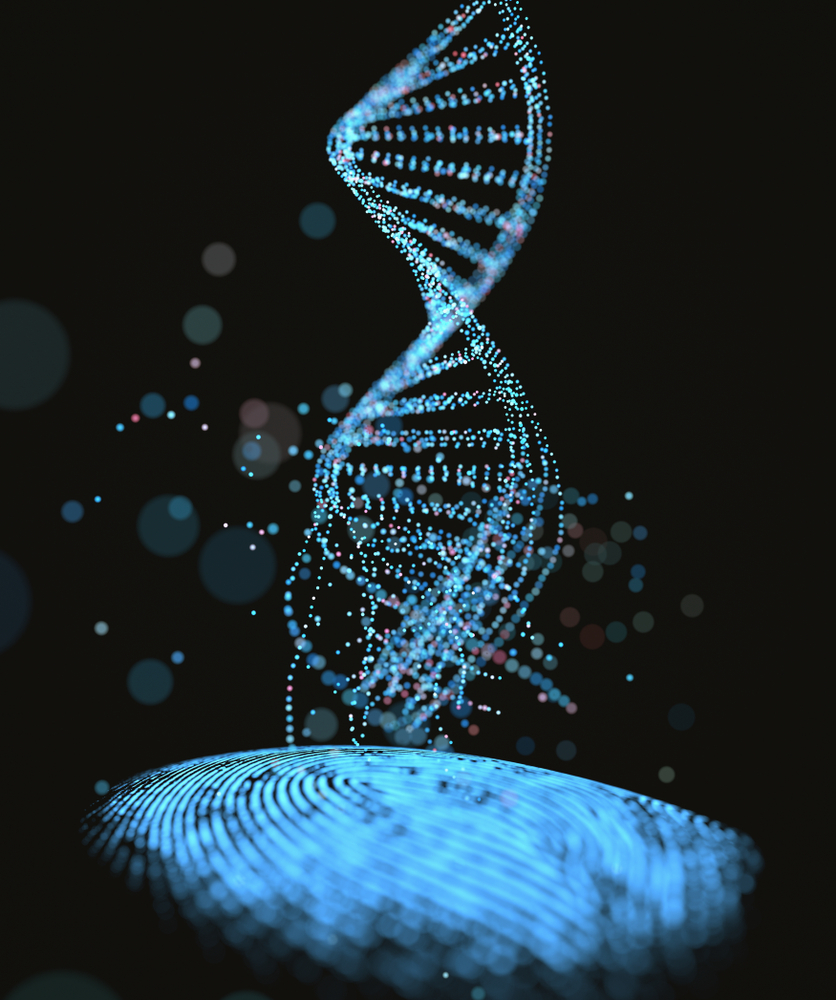As we age, the calendar becomes less of a predictor of health than the story told by our biology. Interestingly, not everyone reads from the same script: some people become ‘rapid agers,’ sprinting toward old age faster than their chronological age suggests, while others age more gracefully, with their biological clocks ticking away much slower than the years might imply. This fascinating disparity between how long we’ve lived (chronological age) and the state of our bodies (biological age) is the crux of pioneering research that could redefine our understanding of aging.
The stage for this exploration is set within the body’s own chemistry, specifically through metabolomics. This field studies metabolites, the small molecules resulting from our body’s cellular processes, acting as the final clues to solve the puzzle of our health and aging process. Metabolomics stands out for its ability to capture the full spectrum of biological age, weaving together factors like genetics, lifestyle, environment, and beyond.
New Research
Researchers embarked on an ambitious journey with the SOLVE-IT cohort, involving 196 individuals categorized into ‘healthy’ and ‘rapid’ agers based on their walking abilities. By examining their serum samples, scientists unveiled a rich tapestry of over 1,300 metabolites. Certain metabolites emerged as key players, capable of drawing a line between the two groups and sketching a detailed molecular picture of aging.
For example, acylcarnitines, crucial in fat metabolism, appeared in greater abundance in healthy agers, pointing to a more vigorous fat-burning mechanism. Conversely, rapid agers showed a spike in dicarboxylic acids, markers of an alternate fat oxidation route. This intriguing balance between different pathways of fat oxidation may very well dictate our pace of biological aging.
The plot further thickens with the unveiling of the Healthy Aging Metabolic (HAM) Index. This innovative index, derived from 25 metabolites, stands as a robust predictor of healthy aging. Validated against another cohort, the HAM Index shines as a lighthouse of healthy aging, steadfast against variables like gender or smoking history. It represents a leap towards a future where aging’s measure transcends time, focusing instead on biological markers that can be tracked and potentially moderated.
The narrative deepens with the discussion of senescence-associated secretory phenotype (SASP) markers. These biochemical distress signals, emitted by aging cells, were found in higher levels among rapid agers. They offer a window into the cellular dynamics potentially propelling us towards an aged state. But there’s more: the study also explored how aging scripts vary between genders. It turns out, the biological journey to aging diverges between men and women, with specific metabolites playing different roles across sexes. This insight into sexual dimorphism in aging emphasizes the necessity for tailored approaches in aging interventions.
The Takeaway
As for the impact of lifestyle choices like smoking, the study suggests that past habits engrave subtle but discernible marks on our biological landscape, influencing the aging process in nuanced ways.
In essence, this research illuminates the complex interplay of metabolites, lifestyle, and genetics in shaping our journey through aging. It challenges us to view age not merely as a function of time but as a reflection of intricate biological processes that, with deeper understanding and intervention, might one day allow us to navigate aging with unprecedented precision and grace.
References
- Hamsanathan S, Anthonymuthu T, Prosser D, et al. A molecular index for biological age identified from the metabolome and senescence-associated secretome in humans. Aging Cell. Published online March 7, 2024. doi:10.1111/acel.14104











